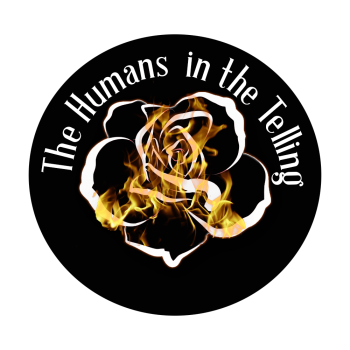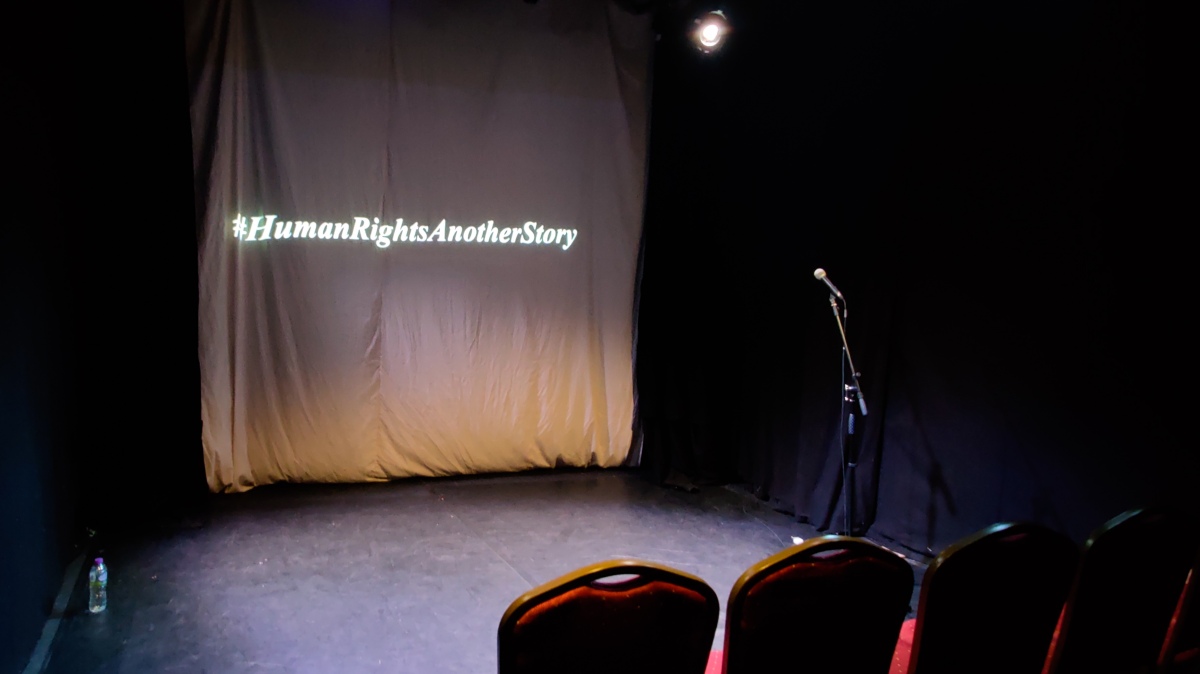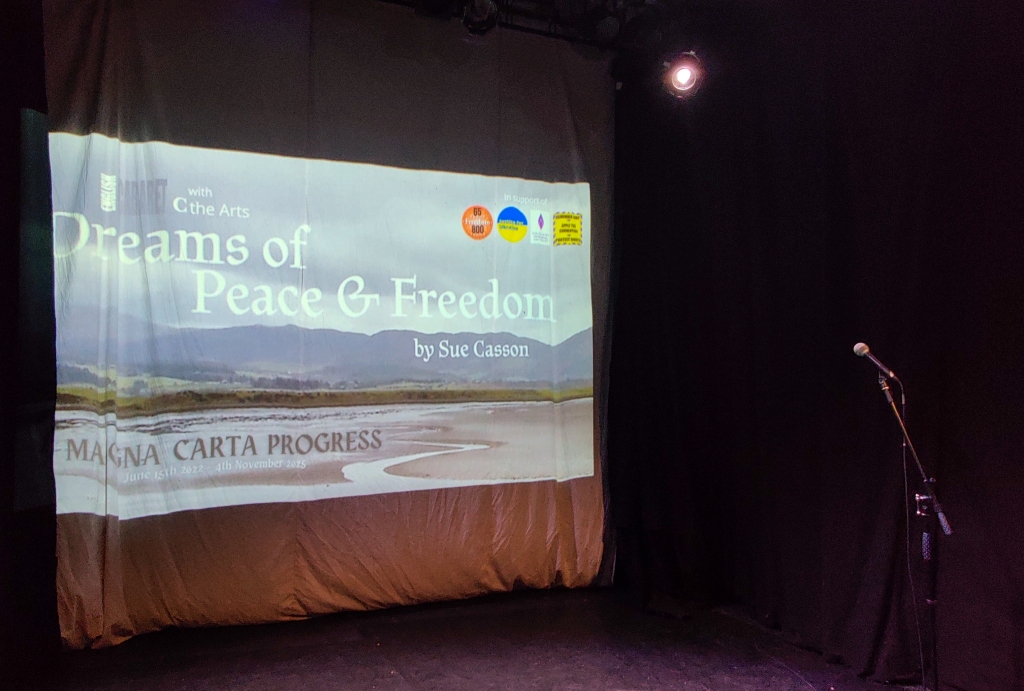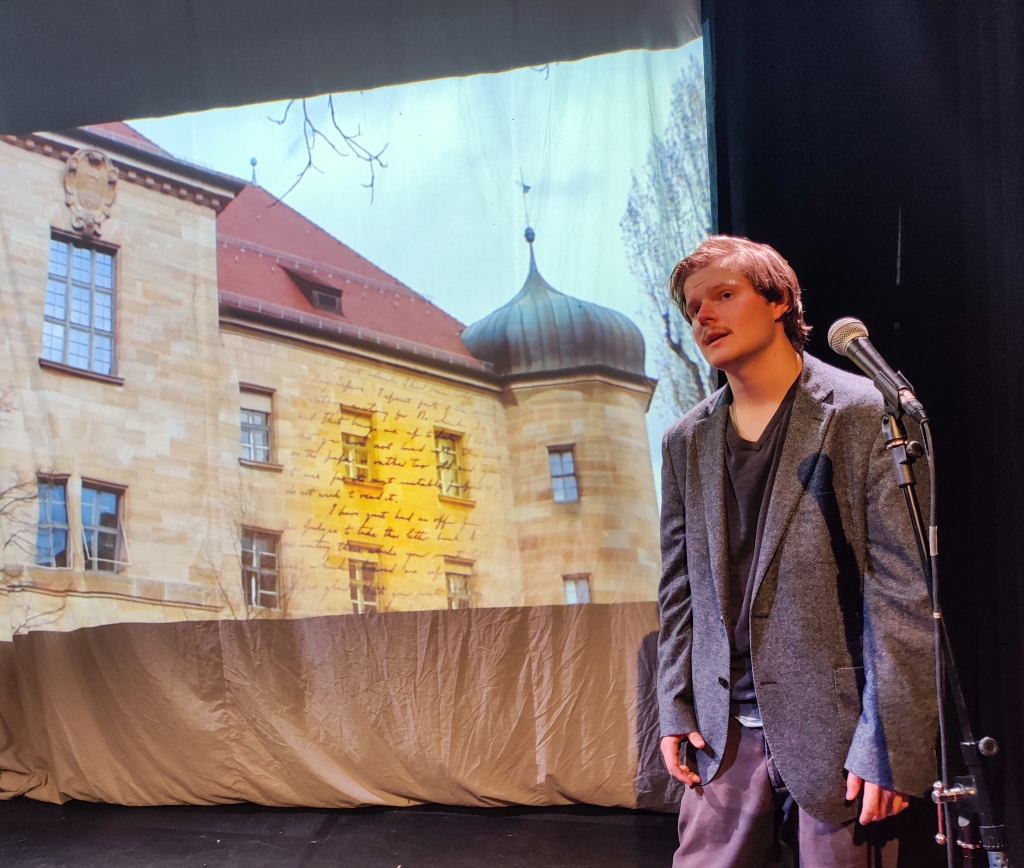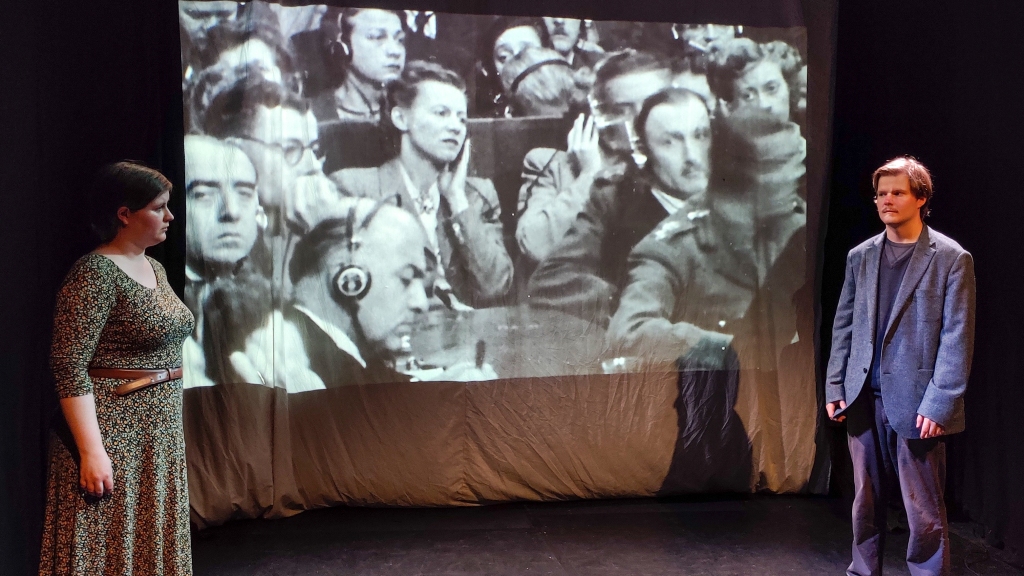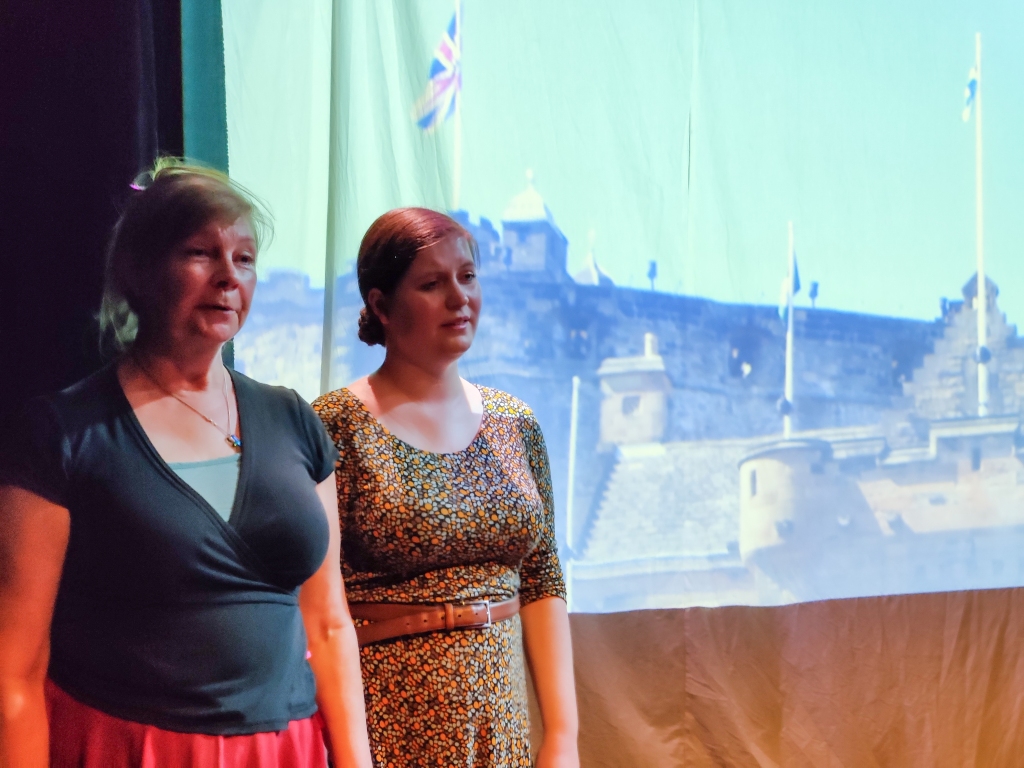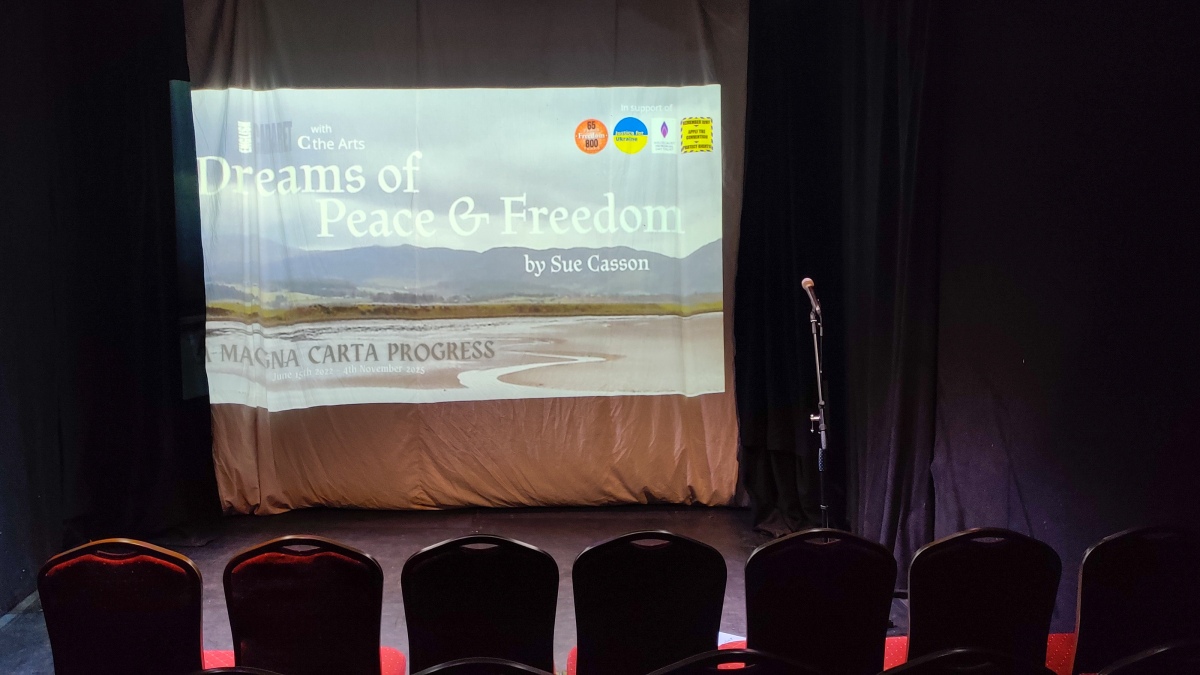As the Rwanda Bill gets its second reading in the House of Lords, a new generation of the family of David Maxwell Fyfe, the ECHR’s British artisan, set out their plans to sing for safety.
Since Magna Carta Day June 15th 2022 we have maintained an intermittent programme of protest in support of the ECHR and against the stripping of rights from refugees in exiling them to Rwanda without hearing. Although this government has constantly trimmed rights and freedoms, it is the Rwanda policy that seeks to undermine international law and rules through confrontation and cruelty. We stand by the Convention and the protection that it affords.
In July 1957 when David Maxwell Fyfe welcomed the American Bar Association visiting London to dedicate their temple to Magna Carta at Runnymede, he plundered the WB Yeats poem, The Second Coming in his speech before the poem had achieved widespread popularity, introducing it with these words:
The house that we thought to be empty, swept and garnished, was entered by seven other devils more wicked, and the last state of man appeared indeed worse than the first. In those times many felt with the great Irish poet that:
‘The best lacked all conviction, whilst the worst/Are full of passionate intensity’
In this situation some lost their nerve and in the years of tyranny that seemed to have been loosed upon the world took comfort in doctrines that exalted authority.
For Maxwell Fyfe this phrase captured the condition of a political class across Europe which had enabled dictators to take power after the horror of the First World War. Of course, his words resonate today.
The debate on the Safety of Rwanda Bill in the House of Commons was characterised by a display of ‘passionate intensity’ and twilight rage as the right wing of the Conservative Party debated amongst themselves how much more they would like to do to rip away the rights of refugees.
The opposition focused on seven measures of practicality but, bar an exceptional few, lacked the conviction necessary for vigorous debate.
The government employed rigorous claims of fair play and reasonableness to hide a loss of nerve which lets in the devils of authoritarianism and tyranny. Whether this is because they have made a trade with the ‘rough beast’ that ‘slouches’ towards us, or they can’t think of anything else to do, they look driven by fear and not conviction.
They do not make us feel safe. We must look to other ways to protect our rights and freedoms.
With Maxwell Fyfe we look for it in the words of Rupert Brooke.
We have found safety that’s not for Time’s throwing,
We have found safety, blest security, Who is so safe as we?
We’ve chosen just one of the songs from our song cycle for people to sing with us – Safety – as David Maxwell Fyfe described the ECHR as ‘a simple, safe, insurance policy’ which has now resulted in 70 years of peace. It was written for International Human Rights Day a decade ago and is a musical setting of words of Rupert Brooke, an inspiration to Fyfe, whose sonnet The Soldier he quoted in his famous closing speech at the Nuremberg Trials.
In Safety we sing the words of Rupert Brooke yearning for lost values as he prepared to fight for them and ultimately lose his life in the First World War. He finds safety in the elemental patterns of nature. The song is woven around Maxwell Fyfe’s words, written as he found his passion for human rights embedded in the law of nature that he had uncovered from ancient times.
We tie this song to Article 5 of the Convention – the right to liberty and security – and David’s first observations on human rights as he worked on early drafts of the Convention in London. From the beginning the restoration of these lost rights and freedoms across Europe created friction – as it does today.
Safety is an important word, reliant finally on feeling our place in the natural order of things. We only feel safe when things are right.
It doesn’t matter whether or not Rwanda is safe, when the act of sending refugees to Rwanda strips them of their human rights and shatters our common law. Magna Carta states,
No free man shall be seized or imprisoned, or stripped of his rights or possessions, or outlawed or exiled except by the lawful judgment of his equals or by the law of the land.
Their exile is unsafe, the newly created law of the land stands firms against 8 centuries of precedence. The Convention spells that out clearly and stands in the way of the government’s action. And we stand by the Convention which protects the rights and freedoms of us all.
Sing with us by visiting our website – songsofthepeople.co.uk
